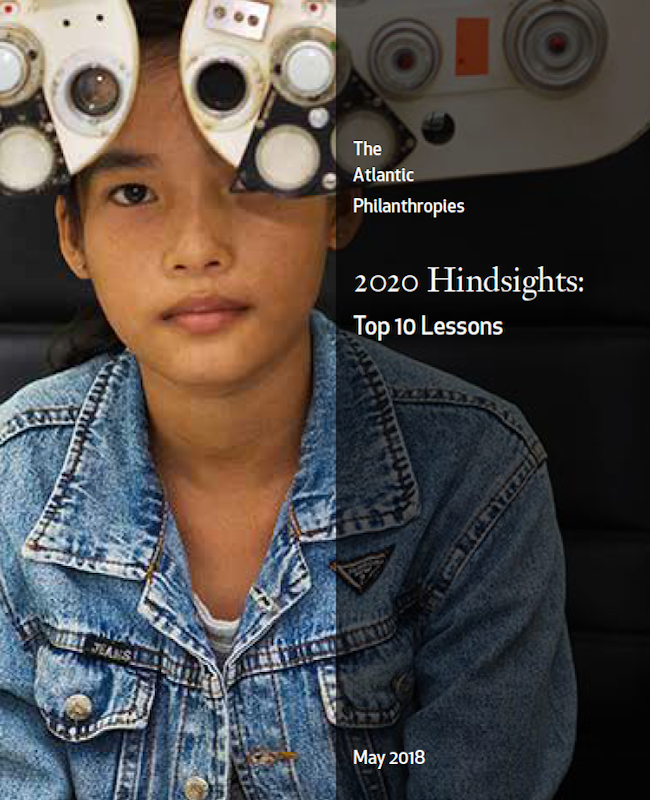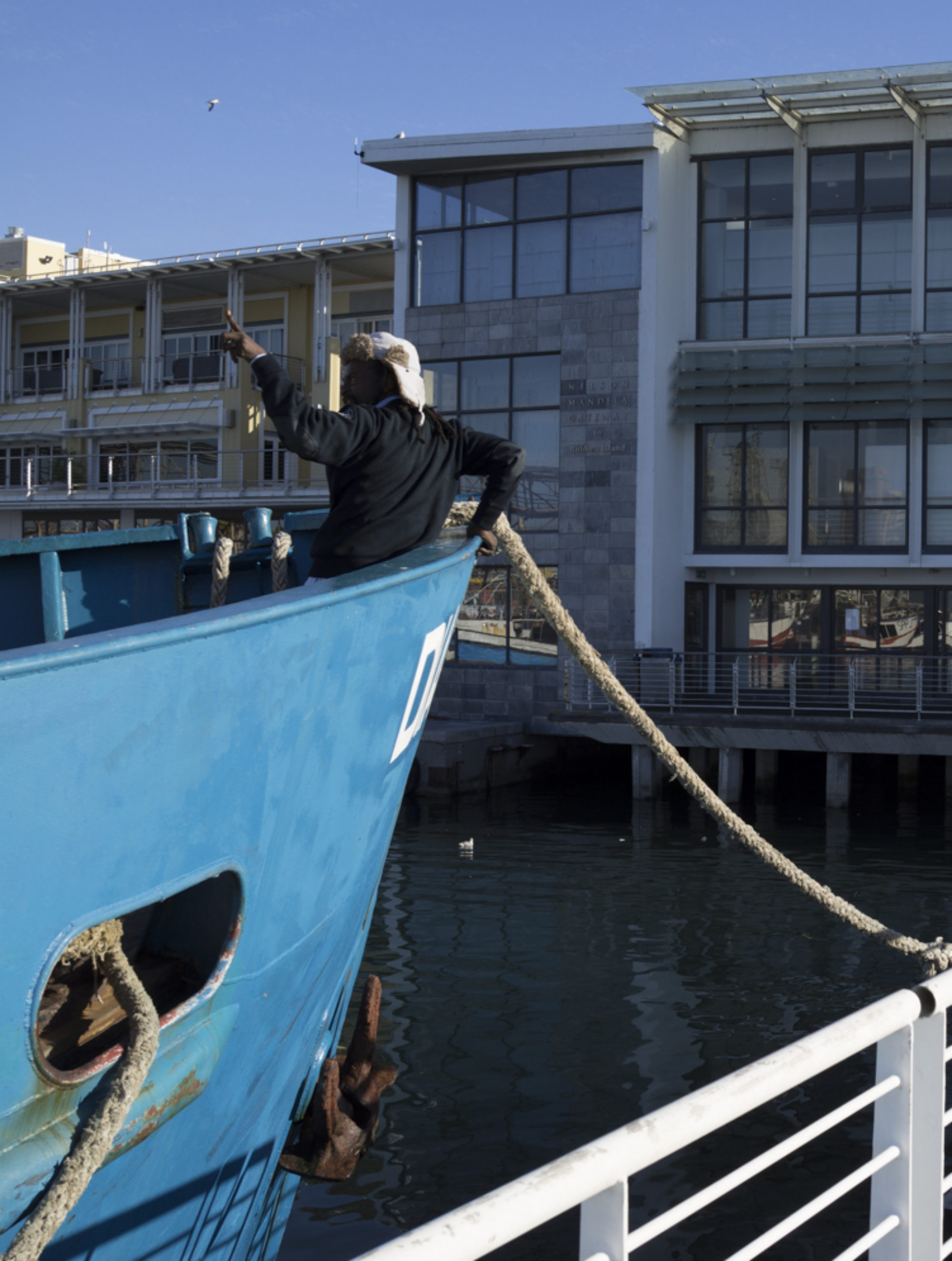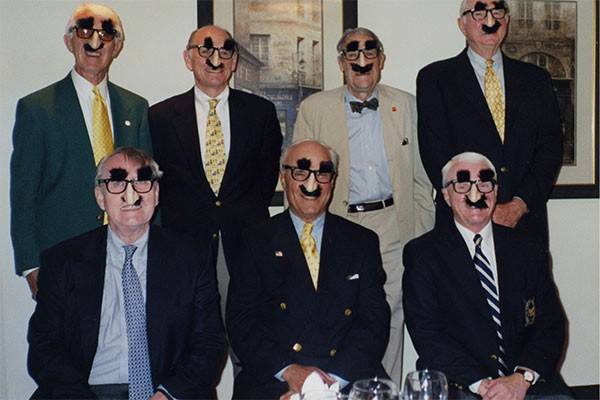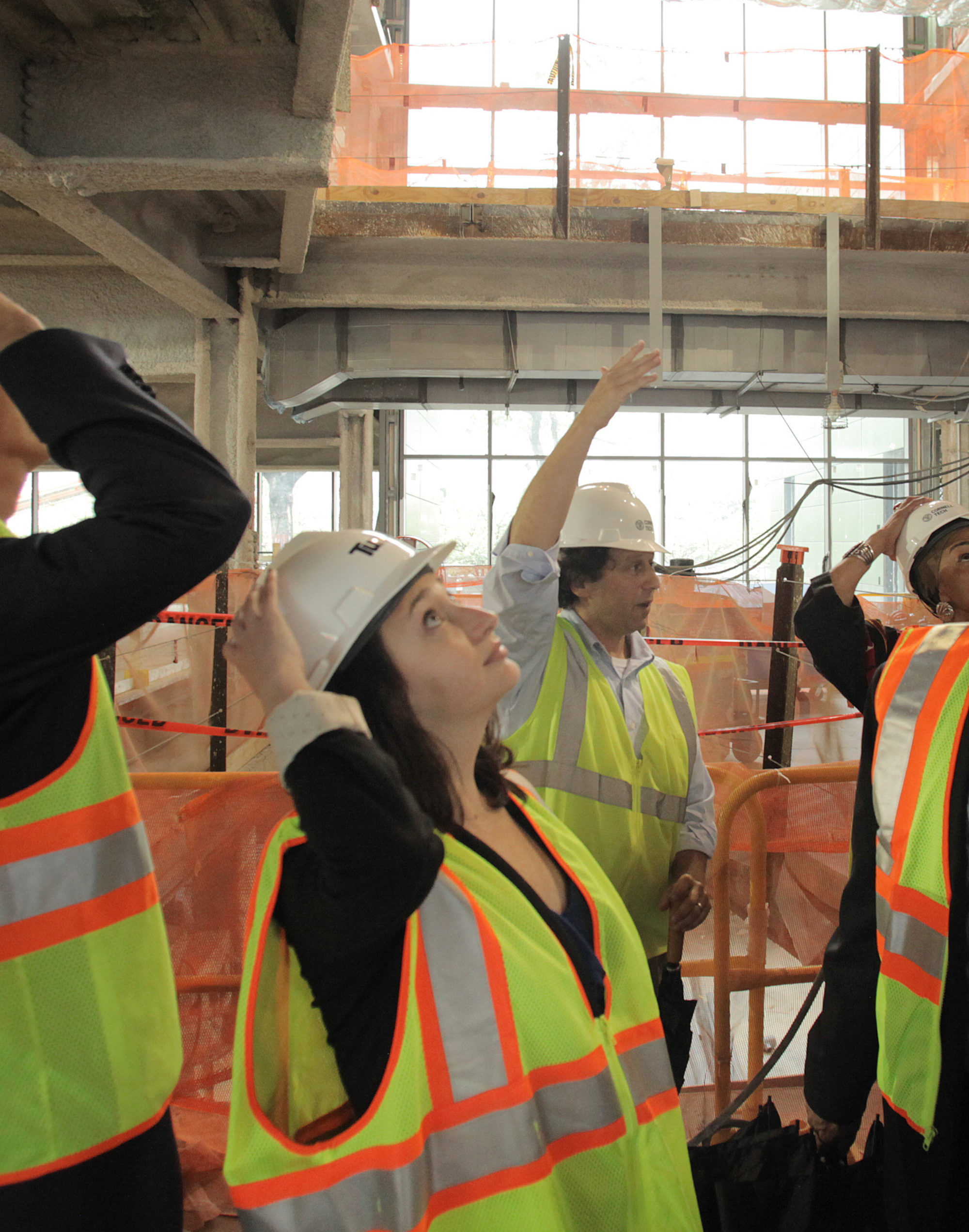2020 Hindsights Top 10 Lessons
Overview
Lessons Learned in Hindsight
Many people have asked us what we consider the most important lessons we learned, including mistakes the foundation made. To create our “Top 10” list of hindsights and lessons, we looked back over 35 years of grantmaking, asking ourselves:
- What worked?
- What didn’t?
- If we were to do this work again, what might we do differently, the same, or not at all?

Introduction
It’s in that spirit — and out of a desire to leave behind a balanced picture of our grantmaking over 35 years — we offer this collection of the Top 10 Lessons that The Atlantic Philanthropies learned in hindsight.
The list that follows is drawn from discussions conducted with Atlantic’s former and current staff and board from around the world. Each was asked to give an accounting of Atlantic efforts they believe fell short, why things went wrong, what lessons were learned, and what they’d do differently. For this effort we did not interview any grantees. Keeping our conversations focused internally allowed current and former colleagues to weigh in individually and collectively about how they thought we operated and how they felt in hindsight about decisions they and others made.
We have limited our list to 10 lessons: the ones that were cited most often and that answer questions other philanthropists and funders — especially those considering limited life philanthropy — have frequently asked us over the years.
The lessons in this document are a summary of individual reflections based on personal observations and experiences that occurred at various stages of the foundation’s lifespan and in different places. Not everyone’s experiences led to the same conclusions. Not everyone agrees with every lesson. Even I found myself at odds with some of the conclusions reached. Still, I believe these diverse perspectives are essential and need to be shared.
The fact that so many people can observe the same things and come to different conclusions may also be a reflection of the nature of our business. The job of trying to help solve complex problems requires a lot of experimenting and risk-taking, and often with more hope than certainty you’ll achieve your goals. Even well-intentioned, informed choices, decisions and approaches taken years ago may not look as good viewed through the lens of new conditions. That still doesn’t mean they weren’t the right calls to make at the time.
“You must learn from the mistakes of others. You can’t possibly live long enough to make them all yourself.”
All leaders have to make tough choices and act decisively to help their organizations reach their goals. These decisions can be interpreted and felt very differently across an enterprise, and the contradictions and complexities that accompany them shine through in this document.
Along with the hindsights that follow, I want to offer three more drawn from my experiences at Atlantic, which I also think resonate with several on the list:
- Be aware of the unintended consequences and contradictions of your choices. This theme, which cuts across all of our hindsights, underscores the point that you’re not going to get everything right all the time and you have to be prepared for that. But if you’re willing to learn from what you do right as well as wrong, your organization becomes more effective over time.
- There’s a lot of talk in philanthropy about donor intent, but not full agreement what that means in practice. For me, it’s being certain a foundation’s actions align with the donor’s approach and values. And as you’ll see in Hindsight 2, there were times when we could have better aligned Atlantic’s work with our founder Chuck Feeney’s values and approach.
- Be sensitive to staffing size and know the limits of your appetite. Chuck and I believe that limiting staff size helps an organization stay focused on its goals and mission, which is a principle Atlantic sometimes neglected to follow. To me, the issue of staffing during Atlantic’s final years came down to these questions: What are the right functions and who are the right people to help us maximize our impact and end well?
We hope the lessons we learned in hindsight offer useful guidance to your philanthropy and contribute to your effectiveness.
Planning for the End
We Knew the End Was Coming, But ...
Knowing the "end" is coming and being fully prepared for it are two different things. Even though Atlantic had determined in 2002 that its grantmaking would end in 2016, it took us until 2011 to adopt fundamental, underlying principles that would guide our work. Reflecting on these factors led us to these hindsights:
- Determine the end goals you want to achieve far in advance of your closing date. Then work backward to formulate a plan for achieving them.
- Limited life should bring with it a fierce sense of urgency and focus, particularly as the end nears.
- When planning to exit from funding relationships or downsize staff, you don't want employees or grantees to be surprised when the end comes.
- Even if you have a plan to guide you to the end, be prepared to adjust course quickly when circumstances change.

Board and Donor Relations
Don't Assume ... Keep Asking
In performing their governance role, Atlantic's board needed to take into account Atlantic Founder Chuck Feeney's operating style and preferences, including his entrepreneurial grantmaking approach and his initial wish for the foundation to operate anonymously. At times, the relationship resulted in tensions that might have been avoided. Among the lessons learned:
- A board and living donor need to reach agreement on priorities, principles and preferred operating styles.
- Don't lose sight of donor intent. Be certain a foundation’s actions align with the donor’s approach and values.
- Anonymity keeps a donor's giving choices private. But operating in secret creates suspicions about "what's going on behind the curtain."

Donors favoring anonymity for personal reasons need to be aware of the tradeoffs.
Operating for a Limited Life
Grantmaking, Staffing and Evaluation
How does a limited-life foundation achieve maximum impact from its grantmaking? How many staff does it take to be effective, knowing that at some point you'll need to start downsizing? How soon should you start evaluating your work? Here's what we concluded:
- Want to make a big bet? Start small and then go all in if the odds are in your favor.
- When betting on leaders, make sure they run strong organizations with people who can succeed them when they depart.
- When staffing up or down, remember the "Goldilocks" principle: Find the number that's just right.
- Make learning from your work a priority from the start, not something you'll get to later.

Read It Now
Read, learn, apply.
We hope our experiences offer valuable insights, guidance and even helpful cautions whether you are an experienced grantmaker or a donor whose philanthropy is just getting underway.
Download the full book (PDF) ›
Further Reading
